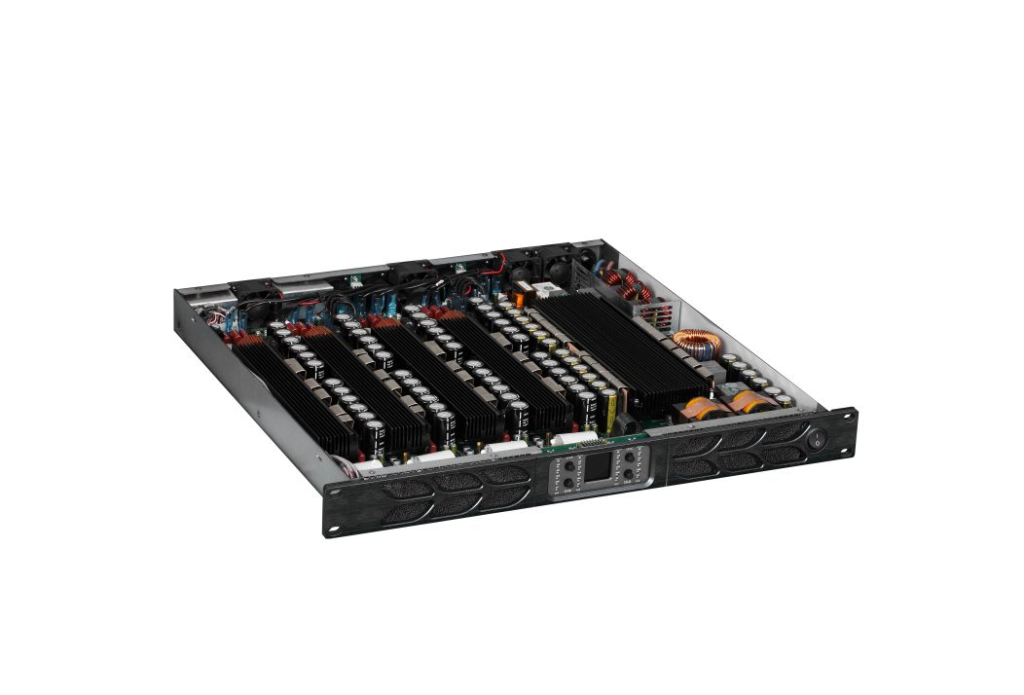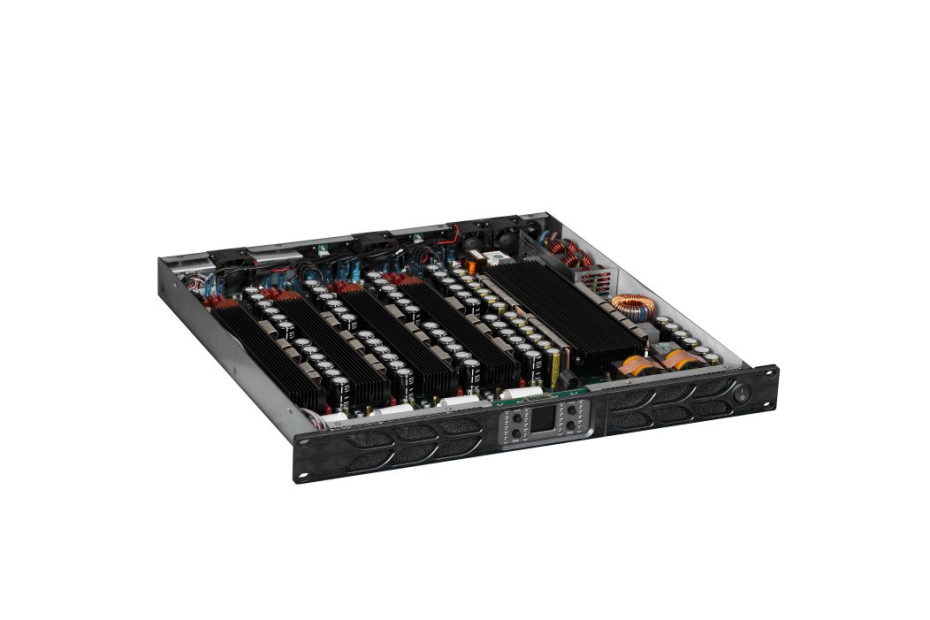In today’s fast-paced business environment, efficient communication is a key driver of enterprise growth. A well-designed conference system is essential for ensuring seamless collaboration among teams and swift execution of decisions. Today, we will delve into how to set up and optimize an effective conference system, turning each meeting into a catalyst for project advancement.

I. Define Requirements, Customize Solutions
Starting Point: Requirement Analysis
Before setting up a conference system, it’s crucial to clarify your needs. Do you require video conferencing capabilities that support remote collaboration, or an intelligent projection and sound system that emphasizes on-site interaction—or perhaps both? Tailor your conference system based on factors such as team size, meeting frequency, and the geographical locations of participants.
II. Choose Efficient Platforms, Integrate Technological Advantages
Core Element: Platform Selection
The market offers a plethora of conference system platforms, from Zoom and Microsoft Teams to DingTalk and Tencent Meeting, each with its unique strengths. Consider aspects like user-friendliness, stability, compatibility, and security to select a platform that integrates smoothly into your workflow. Keep abreast of the latest feature updates to stay ahead technologically.
III. Optimize Hardware Configuration, Enhance Meeting Experience
Hardware: Where Details Matter
High-Definition Cameras and Microphones: Ensuring that every participant is clearly visible and audible is foundational to improving meeting quality.
Smart Projectors and Displays: Choose high-resolution and color-accurate display devices to make presentations more vivid and lifelike.
Network Stability: Whether wired or wireless, stable network connectivity is crucial for ensuring meetings run smoothly.
Meeting Room Layout: Proper arrangement of tables and chairs, along with adequate lighting and ventilation, can create a more comfortable environment for attendees.
IV. Establish Meeting Norms, Improve Efficiency
Process: Rules First
Set Agendas: Clearly define the purpose, topics, and timing of the meeting beforehand to avoid digressions or overruns.
Start and End On Time: Foster a sense of punctuality among participants to ensure meetings are conducted efficiently.
Assign Roles and Responsibilities: Designate roles such as a meeting chairperson and note-taker to maintain order.
Encourage Participation and Feedback: Stimulate engagement through Q&A sessions and discussions, while collecting feedback for continuous improvement.
V. Utilize Auxiliary Tools, Enhance Interaction and Collaboration
Tools: The Cherry on Top
Screen Sharing: Present content visually for easy understanding by all participants.
Real-Time Polling and Surveys: Collect opinions quickly to expedite decision-making.
Meeting Recordings and Playback: Allow absentees to catch up and facilitate review and summarization.
Cloud Document Collaboration: Use online document tools for real-time editing and sharing during and after meetings.
VI. Continuously Improve, Adapt to Changes
Future: Continuous Iteration
Building a conference system is not a one-off task but requires ongoing refinement as teams grow, technology evolves, and business needs change. Regularly gather user feedback, stay informed about industry trends, and adjust strategies accordingly to ensure your conference system remains at its peak performance.
In conclusion, an effective conference system not only boosts communication efficiency among teams but also stimulates creative thinking and accelerates project progress. We hope these tips will assist you in creating your own efficient conference system, making every meeting a source of momentum for your team’s forward movement.
